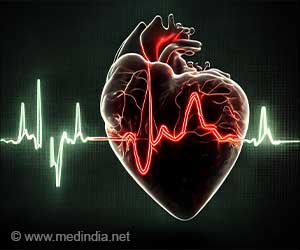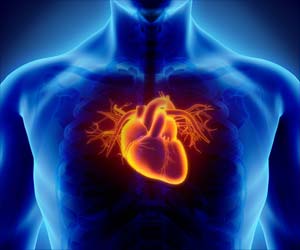According to research fewer sudden cardiac arrest survivors had neurologic impairment after a novel regional system of care was implemented.

Comparing data on patients who had suffered cardiac arrest before and after the regional system was implemented, researchers found:
- Survival to hospital discharge improved significantly, from 2.3 percent before to 4.2 percent after.
- After a month, 51 percent of surviving patients had favorable neurologic outcomes after vs. 19 percent before.
- Seventy-six percent of those whose heartbeat was restored received therapeutic hypothermia after vs. 11 percent before.
- All intensive care unit patients received appropriate hemodynamic management by using advanced hemodynamic monitoring system after vs. 0 percent before.
"Although there were concerns that the proportion of survivors with severe neurologic disability would increase, this did not occur," said Takashi Tagami, M.D., Ph.D., lead author of the study and an assistant professor at Nippon Medical School in Tokyo, Japan.
"These findings suggest that the 'fifth link' is associated with an increase in survival rate as well as improvement of quality of life among survivors."One-month survival with a favorable neurologic outcome among all patients treated by EMS providers improved significantly after implementation of the fifth link � from 0.5 percent to 3 percent. Participants included 1,482 cardiac arrest patients in the Aizu region (Fukushima, Japan).Fifty-eight percent were male and the average age was 76. The pre-intervention period was January 2006 to April 2008 and post-intervention was January 2009 to December 2010.
Each year in the United States, more than 380,000 people suffer sudden cardiac arrest outside the hospital. The survival rate for non-traumatic cardiac arrest is extremely low 0.4 percent for those treated by EMS. Immediate, rapid and seamless care is essential to recovery. In 2000, the American Heart Association recommended the "Chain of Survival" for cardiac arrest treatment. The four links in the "chain" included calling 9-1-1 for early access to emergency medical care; early CPR; early defibrillation; and early advanced cardiovascular life support. The association added the "fifth link" in its 2010 resuscitation guidelines.
Advertisement
Source-Eurekalert








